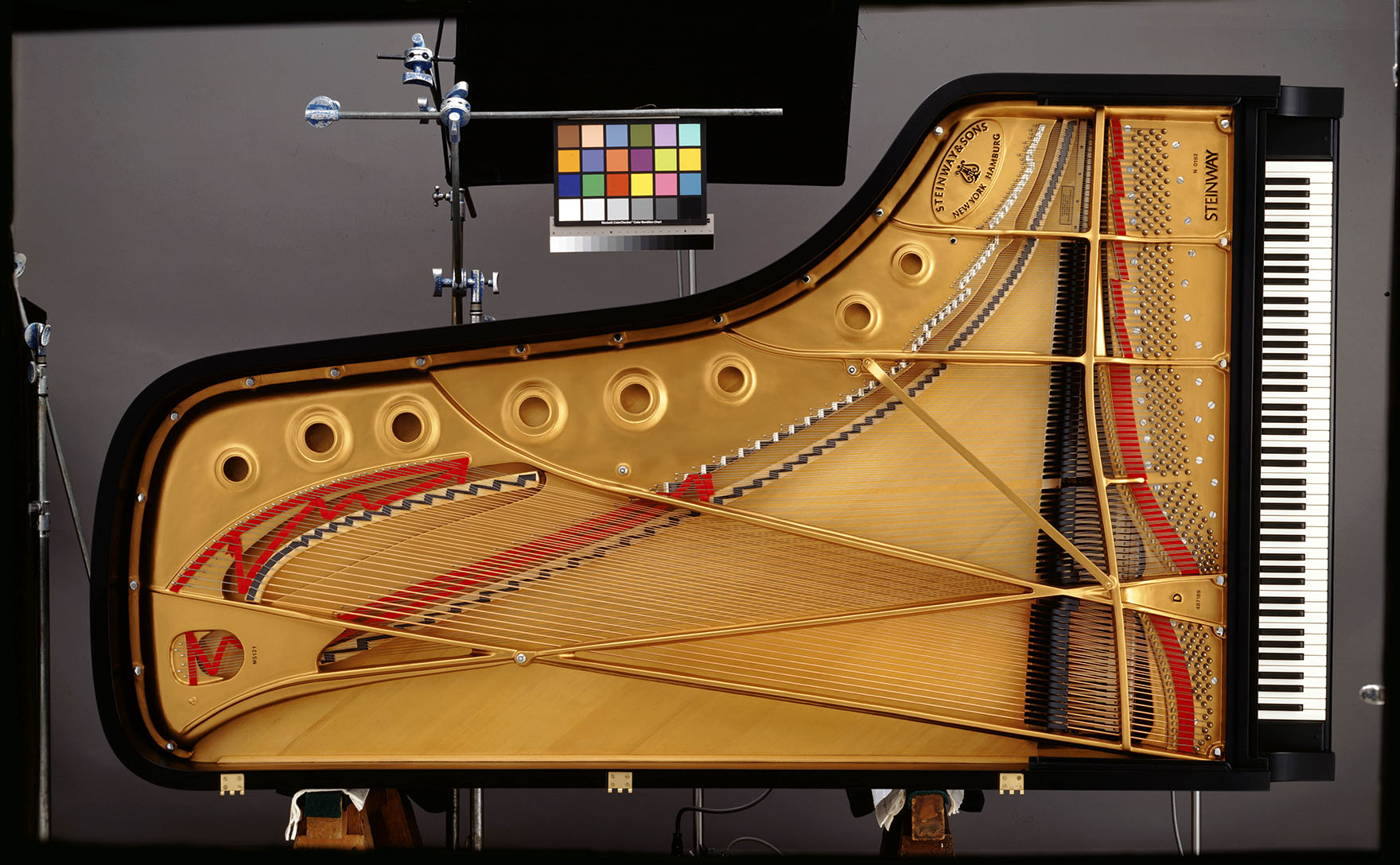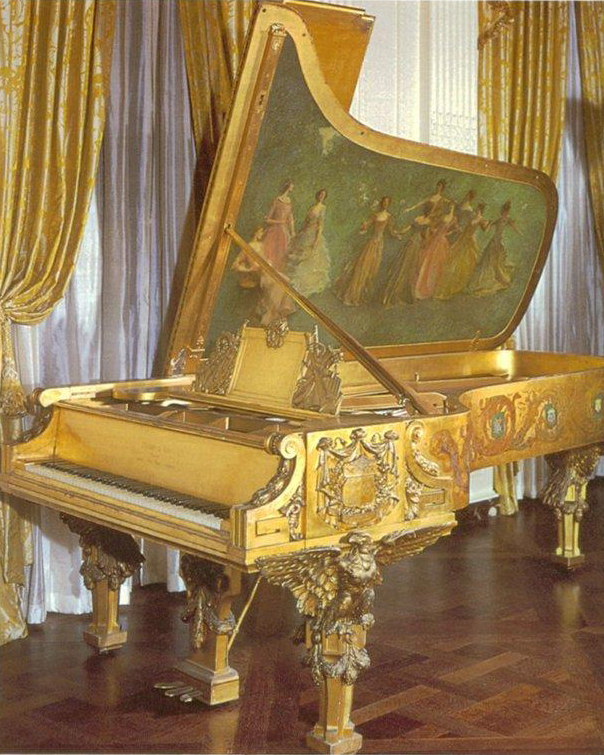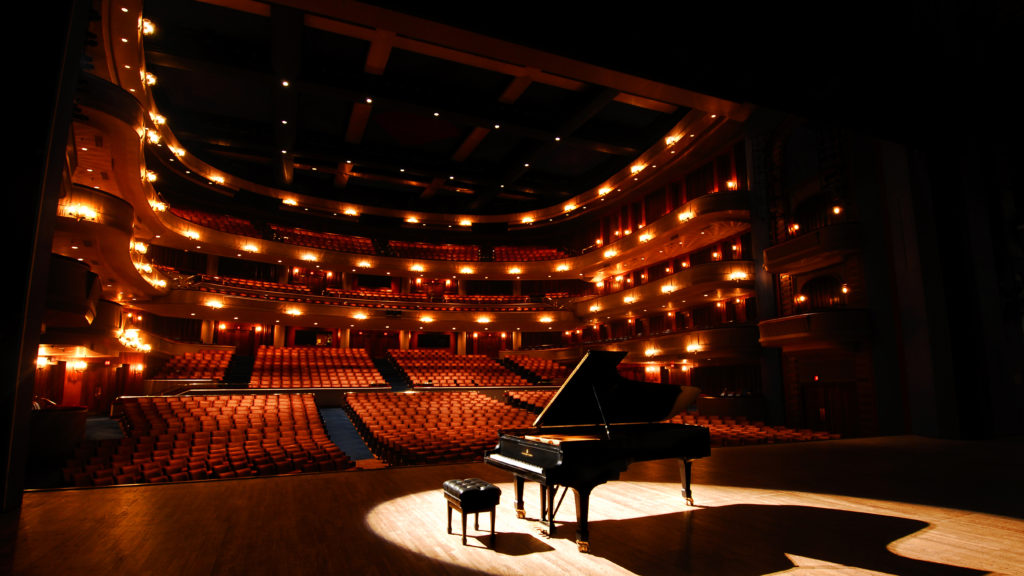For almost 300 years the piano has been an iconic musical instrument that is recognized by all. Today three types of pianos are commonly known: the grand, baby grand, and upright piano. When told to picture a piano, many can think of the unique harp shape that almost all grand and baby grand pianos have. The shape is due to the varying length of strings required to hit different notes. Lower notes require a lower wavelength resulting in a longer string where higher notes use shorter strings. The piano is a mechanical masterpiece containing over 9,000 moving parts and 20 tons of string tension held in place with a cast iron frame. While piano’s come in several varying colors and finishes, the classic “piano black” is one of the more popular choices and is even used to describe finishes on other products. The new iPhone 7 is offered in a “jet black” which many describe as piano black. This color and finish is a very specific aesthetic that appeals to many due to its deep black and high gloss appearance. Below are several different pianos that exhibit different aesthetics:





References:
[1] https://en.wikipedia.org/wiki/Piano [2] Piano Technicians Guild, Celebrating 300 Years of the Piano [3] https://thehometrust.com/luxury-home/steinway-sons/ [4] http://www.newfoundpianosgulf.com/glass-pianos/ [5] https://www.steinway.com/

2 Comments. Leave new
Pianos are an incredibly captivating aesthetic to investigate, and I am so glad you chose this topic! What a fantastic variety of images (from the commanding essence of a grand piano to the ornate piano perhaps housed in a European palace to the modernized Jewel piano) you used. Great job! It certainly would have been easy to just pick one, but I think you did a good job of considering the multitude of pianos that might otherwise be overlooked. That said, I believe I would have benefited further had you incorporated a more detailed description of each style, perhaps noting unique aesthetics of each design and then comparing and contrasting them to aesthetic similarities present in all pianos. I would also love to know how the sound of a piano might contribute to its aesthetics. Overall, a wonderfully enriching post!
I think that you did a great job explaining this aesthetic! It was interesting to hear some context about the variety that exists in piano design, and how their designs are predicated on the need for various lengths of piano wire. It was also interesting to learn what a feat of mechanical ingenuity pianos are, in their intricate design and function. The images of the pianos that you presented provide a good context about the variety in exterior appearances of pianos. I would, perhaps, like to have learned a little bit more about each of the pianos in the images.